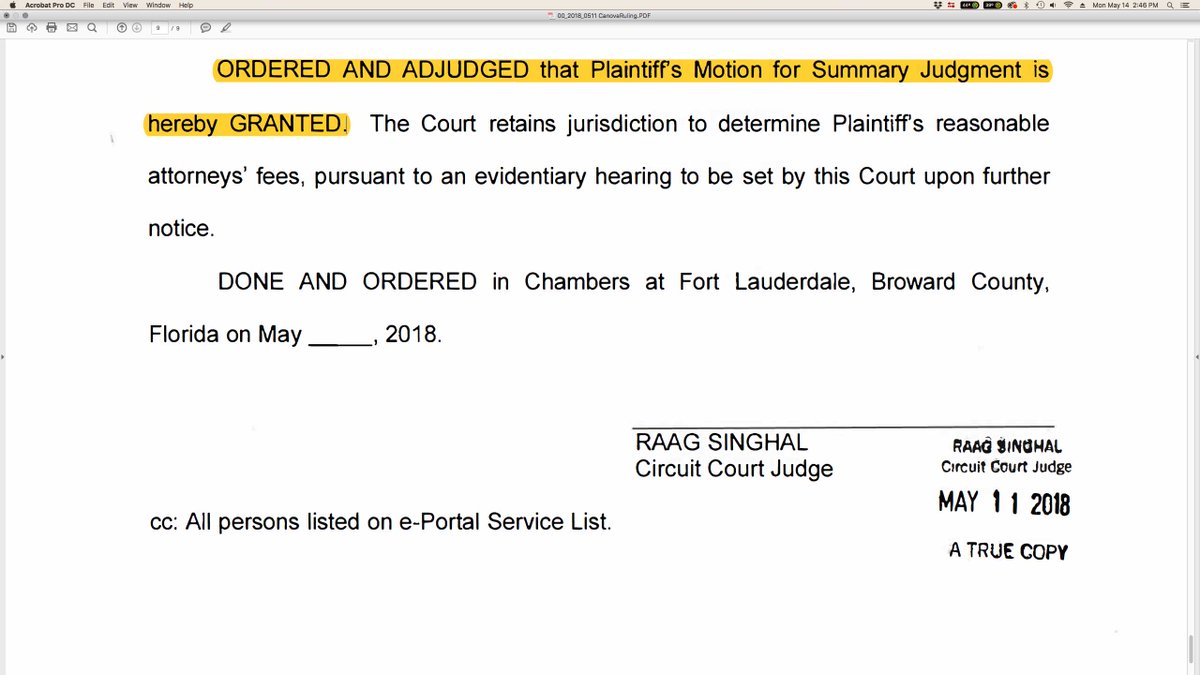This is likely not the Fastest or Best way, but it is a way that works.
The 2017 data came out last week. Overview: census.gov/programs-surve…
Census 101: censusreporter.org/glossary/
This involves a lot of false starts & looking at stuff that may not be super interesting until I find something good.
Link for specifically the latest ACS 2017 release is here: factfinder.census.gov/faces/nav/jsf/…
Next, you want to add the data tables you need. Two ways to do this.
From the homepage, you can click on topics to learn more and get a list of common tables.
censusreporter.org
Bad news: every table/year combo is its own csv. So this is not the best way to do bulk data. But in a pinch, for a team of 1, it works.
How do you figure out which tract is where?
You can download a reference map here: census.gov/geo/maps-data/…
OR
1) don't ignore the margin of error column in your Census data. If that figure is large (10% or more of the value being measured), that's a sign that the value itself is maybe iffy.
2) Make sure you know what a Census table is supposed to measure & units it's using
the amount of stuff the Census collects data on is truly wild and you could have a full-time reporter mostly find stories there (like @genebalk, who is an expert there)
shortlist people often don't think of: commute time, health coverage, natl origin
religion (Pew usually best source IMO)
moving (they have data but the IRS data on this is usually better)
unemployment and labor stuff - BLS is often a better first stop, but depends on what you're doing
B08308 travel time to work
B17005 poverty status by employment
B19013 median household income
B09020 senior citizen living arrangements
B16007 language spoken at home








